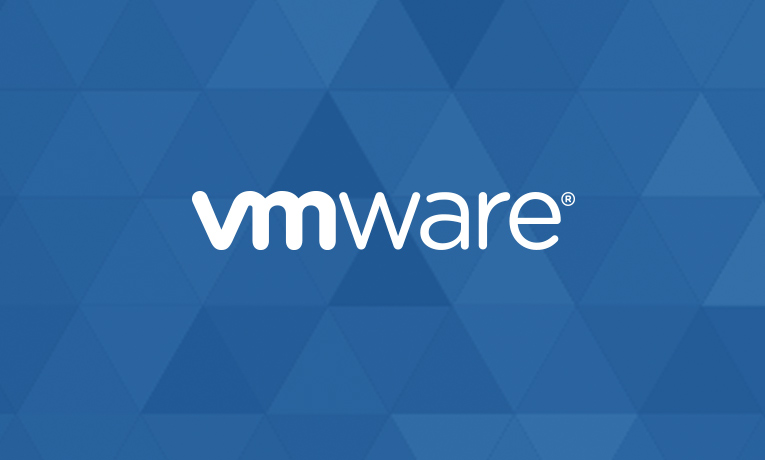6 ways your Small Business can benefit from Virtualisation
Last Updated: February 9th, 2023 4 min read Servers Australia

As advances in technology make digital transformation more affordable than ever before, Virtualisation is no longer restricted to large businesses. This is great news for small and medium businesses that have been grappling with IT complexity and modern demands. Below are 6 ways SMBs can benefit from Virtualisation.
1. Virtualisation can Lower IT Costs
Virtualisation helps businesses lower costs on multiple levels. Firstly, it helps remove over provisioning by allowing you to only purchase the capacity you need. You can then easily add or reduce capacity when your business needs change. And since Virtualisation means businesses don’t need to buy physical servers, you can also significantly cut back on capital expenditure.
Embracing virtualisation technologies such as VMware and Microsoft Hyper-V can significantly diminish the time allocated by your IT team to oversee, uphold, and address infrastructure issues giving your IT team to work on other business IT issues.
2. Improve disaster recovery and reduce downtime
Downtime is expensive and disruptive for businesses, as well as being frustrating for customers and clients. Whether it’s the result of a cyber-attack or system error, it’s critical for SMBs to have an effective disaster recovery plan in place to minimise the damage. Virtualisation can help improve disaster recovery by rapidly speeding up the time it takes to recover.
With physical servers, it can take anywhere from hours to days for your IT team to fix the issue. If you have a Virtualised environment in place, your business can quickly recover your data using snapshots of existing servers. The faster you recover the less impact it will have on your business.
3. Achieve better security with Virtualisation
As well as improving disaster recovery, Virtualisation can also boost cyber security. Websites, applications, and data can be more protected with Virtualisation as it provides an isolated setup that’s more difficult for malware attacks to navigate as they migrate from host to host. On top of this, SMBs can implement security as a software-defined service in a virtual environment, providing an efficient, targeted, and agile protection strategy.
To optimise your cyber security, you can combine Virtualisation with advanced capabilities such as:
Small hypervisor footprint: Simplifies deployment, maintenance and patching, and reduces vulnerability by presenting a much smaller attack surface. This is the responsibility of the hosting provider.
Software acceptance levels: Prevents unauthorised software installation.
Robust APIs: Enable agent-less monitoring, eliminating the need to install third-party software.
Host firewall: Protects the host management interface with a configurable, stateless firewall.
Improved logging and auditing: Log all host activity under the logged-in user’s account, making it easy to monitor and audit activity on the host.
Secure Syslog: Log messages on local and/or remote log servers, with remote logging via either SSL or TCP connections.
AD integration: Configure the platform host to join an Active Directory domain; individuals requesting host access are automatically authenticated against the centralised user directory.
Source: VMware Virtualisation Essentials
4. Improve business continuity
With better security, disaster recovery, and management, Virtualisation is a great way to improve business continuity. In fact, it’s one of the leading drivers for businesses when it comes to moving to a virtual environment. With higher availability, SMBs can ensure seamless operations and minimal downtime.
5. Scale capacity up or down and boost agility
Agility is another key feature that makes Virtualisation an extremely attractive option for SMBs. With the ability to rapidly scale capacity up or down, you can keep up with changing business needs, market demands, and customer requirements. It also allows easier deployment of new technologies, giving your business a serious competitive edge in our digitally driven world.
6. Reduce complexity
IT complexity can cause major headaches and disruptions for a business of any size. Virtualisation allows you to pool resources so that they can be managed holistically. This creates a strong foundation for better IT efficiency, saving valuable time that can be redirected into other digital transformation initiatives.
As businesses face an increasing number of digital opportunities and challenges, it’s important to have an IT infrastructure in place that can keep up.

